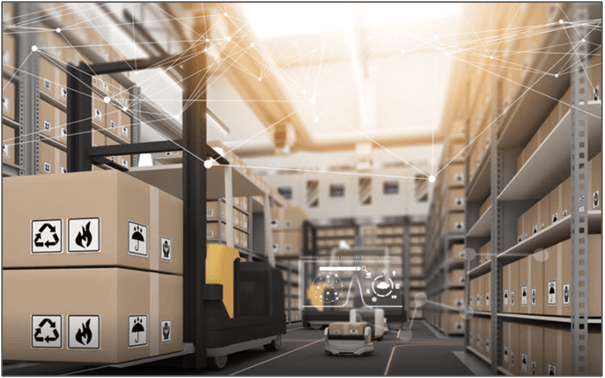Speed and innovation are key components of every business operation in today’s competitive corporate climate. Any company that does not give importance to real-time information technology will find it difficult to survive in today’s competitive markets because its business processes are inefficient and unproductive. Integrated logistics operation is a business technology that controls the transfer of resources, information, and goods from one location. Information technology, warehouse technology, RFID technology, robotics, automation, and global positioning technology facilitate the safe, accurate, and timely delivery of items to clients. Likewise, the warehouse management system (WMS)manages inventory, increases transparency, and resolves invoicing disputes and payments in integrated logistics. This article attempts to highlight these technologies and systems, as well as explain how companies can leverage them for integrated logistics operations.
Table of Contents
Information Technology
Some commercially available Enterprise Resource Planning (ERP) systems can help overcome these obstacles and enable efficient integrated logistics processes. The whole method of operation is robust, unlike others. To manage the logistics chain, product delivery, and safety, the right tools are required, including a good ERP system like Systems, Applications and Products in Data Processing (SAP), and a Warehouse Management System to track and manage stocks and products in the system. Timely updates are received about products that are pending replenishment. Products are restocked as soon as possible and no deals are lost. Customers can always obtain what they need thanks to a range of alternatives for better demand forecasting. Delivering real-time information and product availability at the right time is a challenging task. Forecasting future trends and forming well-informed opinions can be helped by demand soothsaying. The software gives the organization a business perception based on literal and current data. This data can be used to learn about demand cycles and, as a result, read about unborn conditions. This, in turn, can improve operation and help with stock-outs. Having a robust inventory control system, businesses can stay one step ahead of their competitors.

Warehouse Management System (WMS)
WMS is just the tip of the iceberg in the world of smart technology that provides a comprehensive view of statistics and accurate planning, all the important storehouse data combined and gathered on one easily accessible platform. Data is collected in real-time and visual reports with the WMS results generated any flaws will be obvious and can be detected. Because of reviewing the report, businesses can make immediate repairs to any problems discovered and resume normal operations. Aside from optimizing space and lowering operating costs, a WMS can focus on work conditioning while trying to find the best option to do the job and reduce unproductive, repetitive work by checking details inside and out. WMS automates the inbound and outbound delivery workflow, resulting in cost savings and greater functional advantage. WMS provides advancements and enables storehouse directors to constantly modernize new features, keeping storage effective in staying current with new changes and technology; thus incorporating new processes over time. By monitoring, linking, and manipulating a wide range of statistical parameters in a WMS environment, this technique delivers a revolutionary approach.
The full content is only visible to SIPMM members
Already a member? Please Login to continue reading.

